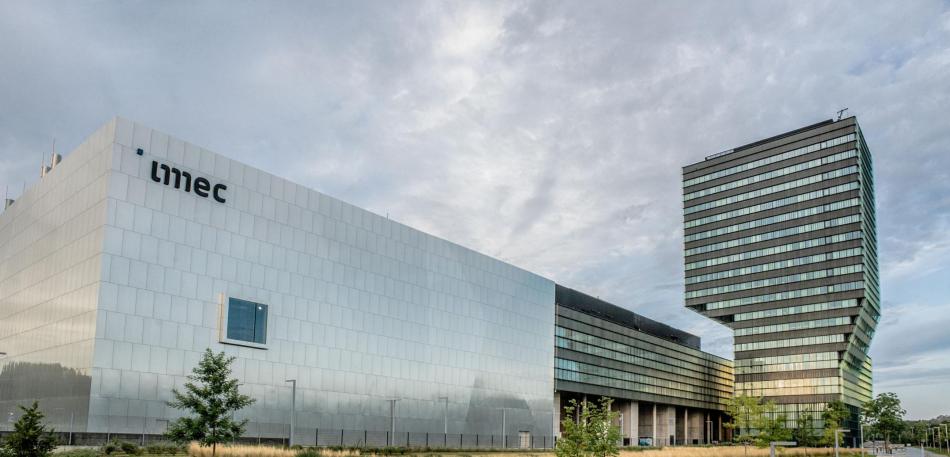
TSMC’s 3
- ICDesign
- 2023-09-23 23:01:32
TSMC, which vowed to kickstart its 3-nm process node in the second half of 2022, barely made it by cutting the ribbon on this cutting-edge manufacturing node on December 29 at its expanded fabrication unit in Southern Taiwan Science Park (STSP). Nearly six months after Samsung began 3-nm chip production based on gate-all-around (GAA) technology, TSMC has successfully conducted its full-node advance from 5-nm to 3-nm chip manufacturing process based on tried-and-test FinFET transistor architecture.
According to media reports, Apple has secured 100% of the initial supply of N3, TSMC’s first-generation 3-nm process, starting as a baseline. The early reports show that the N3 process yield could be as high as 80%. Next, TSMC plans to move to a more advanced 3-nm version, N3E, in the second half of 2023. That’s when other TSMC customers—AMD, Intel, and Qualcomm—plan to adopt the 3-nm process for their chips.
N3, which uses an ultra-complex process with 24-layer multi-pattern extreme ultraviolet (EUV) lithography, is denser and thus offers higher logic density. On the other hand, N3E, which uses a simpler 19-layer single-pattern technology, is easier to produce and is less expensive. It’ll also use less power and clock higher compared to the baseline N3 process.
TSMC’s CEO C. C. Wei expects the 3-nm manufacturing process to be worth more than $1.5 trillion business within five years of volume production. For now, however, N3 wafers cost around $20,000 compared to $16,000 for TSMC’s 5-nm node called N5. That’s partly why chip developers besides Apple are known to sit on the sidelines while waiting for the more economical N3E process node.




Figure 1 TSMC’s first 3-nm node, known as N3, claims to offer up to 15% improvement in performance at the same power or 30% more efficiency at the same speed when compared to the company’s 5-nm node. Source: TSMC
Compared to its 5-nm node, which TSMC launched in 2020, the mega-fab claims that its N3 process offers 60% to 70% higher logic density and 15% higher performance while consuming 30% to 35% less power. Here, it’s important to note that TSMC’s enhanced version of N5, which Apple calls 4 nm, essentially produces 5 nm chips. Moving from this souped-up 5-nm process to the new 3-nm process will also have substantial benefits, including lower power draw and much higher density with 60% or more additional chip logic and cache in the same area.
3 nm at the center of smartphone wars
TSMC’s 3-nm technology will likely be used in Apple’s A17 system-on-chip (SoC), which is expected to power the iPhone 15 Pro and iPhone 15 Pro Max models to be launched later this year. Here, 3-nm technology is expected to deliver a 35% power efficiency improvement over the 4-nm technology used to make the A16 SoC for the iPhone 14 Pro and Pro Max.
According to media reports, Apple could also build its M3 chips around TSMC’s 3-nm technology for MacBook Air to be launched later in 2023. Likewise, for MacBook Pros, to be launched in 2024, M3 Pro and M3 Max chips are also expected to utilize the 3-nm manufacturing process node.
Apple, TSMC’s largest customer accounting for 25% of its revenue, has reportedly booked the entire N3 supply. On the other hand, Apple’s major competitors on the smartphone processor frontier, Qualcomm and MediaTek, have decided to wait for TSMC’s second-generation 3-nm technology, N3E, which will be available later this year. Here, it’s worth noting that while Apple’s custom-designed SoCs are incorporated in its own end-products, companies like Qualcomm and MediaTek have to make a profit on the chips alone.
That’s probably why smartphone processor vendors like Qualcomm and MediaTek are waiting for a more economical N3E node to arrive later this year. That will inevitably push Android phones powered by chips fabbed on the 3-nm node to 2024 and beyond, further extending Apple’s lead in the smartphone market. There are conflicting reports about Samsung’s Exynos 2300 chip, which could use Samsung’s 3-nm process; it’s not widely expected to appear in the S23 or other high-end Galaxy phones.

Figure 2 The N3E process node is expected to start commercial production in the second half of 2023. Source: TSMC
The N3E process node is also on the radar of GPU suppliers like AMD and Nvidia for applications such as PC gaming.
Raising Arizona
From a technological standpoint, things are going well for TSMC on this burgeoning 3-nm process, and the ramp for the N3 node has been smooth so far. TSMC senior executives call N3 a blockbuster node. The company’s CEO Wei also expects the 3-nm process to be more profitable than its predecessor 5-nm node. However, the advent of the 3-nm node coincides with TSMC’s expansion in new regions and its supply chain woes amid international trade restrictions and sanctions.
TSMC founder Morris Chang captured the tension beneath the company’s new fab order when he proclaimed that globalization was “almost dead.” The company’s CEO Wei also complained about geopolitical conflict, which according to him, has created an environment in which TSMC could no longer sell wafers across the world.

Figure 3 TSMS is also building 3-nm manufacturing capacity at its fab in Arizona. Source: TSMC
TSMC’s new fab in Arizona—announced in 2020—will start producing 4-nm chips in 2024. It will be followed by the construction of a second fab that will begin producing 3-nm chips in 2026. That means the United States will get hold of the 3-nm fabrication process node nearly three years after Taiwan.
Likewise, the United States will get TSMC’s 4-nm fabrication technology two years after it was made available in Taiwan. It’s worth mentioning here that while TSMC is expanding its fabrication facilities in the United States and beyond, it’s committed to keeping the best chip manufacturing technology in its Taiwan fabs.
A trillion-dollar business
TSMC plans to spend between $32 billion and 36 billion on capital expenditure this year to meet the rising demand for contract chip manufacturing. And 70% of this budget will be spent on advanced nodes: 7 nm and smaller. Here, while TSMC’s 2-nm node built around the new GAA technology is likely to be unveiled in 2025 or so, the 3-nm process looks like its primary advanced node for the foreseeable future.
A DigiTimes report claims that TSMC has scaled up 3-nm process capacity at a gradual pace with monthly output set to reach 45,000 wafers in March 2023. And according to TSMC chairman Mark Liu, the 3-nm node’s yields are comparable to those of the previous generation at the same point in the manufacturing cycle.
That, along with Apple being the first chip developer to adopt this cutting-edge process node, shows that TSMC’s 3-nm process technology is on track. Though the semiconductor behemoth’s baseline N3 node revenues are at single-digit percentages with Apple as a sole consumer, it still amounts to multiple billions of dollars. Once N3’s enhanced version, N3E, comes on board later this year and other large chip developers targeting high-performance computing (HPC) and smartphone applications join the 3-nm fray, it could become a trillion-dollar business once all the money has been counted in several years.
Related Content
TSMC Details The Benefits of Its N3 NodeChina Struggles to Crack Chip ManufacturingTSMC Expansion in Arizona to Target 3-nm NodeTSMC approaching 1 nm with 2D materials breakthroughA closer look at TSMC’s 3-nm node and FinFlex technologyTSMC’s 3由Voice of the EngineerICDesignColumn releasethank you for your recognition of Voice of the Engineer and for our original works As well as the favor of the article, you are very welcome to share it on your personal website or circle of friends, but please indicate the source of the article when reprinting it.“TSMC’s 3”










